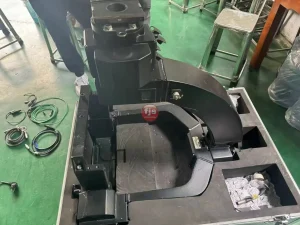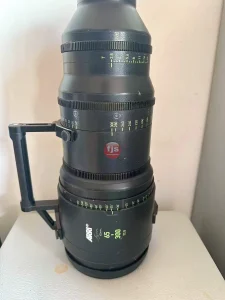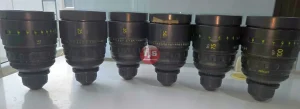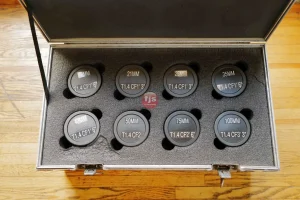Introduction:
In the world of film making and cinematography, the choice of lenses plays a crucial role in capturing the desired visual aesthetic and conveying the intended story. One such lens series that has garnered immense popularity and admiration among filmmakers is the Cooke Panchro lenses. With their rich history and exceptional optical performance, Cooke Panchro lenses have become a go-to option for many professionals in the industry. In this post, we will delve into the intricacies of Cooke Panchro lenses, exploring their features, advantages, and significance in the realm of film making.
Outline:
- What are Cooke Panchro lenses?
- – Cooke Panchro lenses refer to a series of vintage lenses originally manufactured by Cooke Optics Ltd.
- – They were specifically designed for motion picture use and gained prominence during the 1920s to 1950s.
- – The lenses are renowned for their unique optical properties and ability to capture a distinct cinematic look.
- What are the key features of Cooke Panchro lenses?
- – Cooke Panchro lenses are characterized by their fast maximum aperture, typically ranging from T2.2 to T2.8.
- – They offer a smooth and consistent focus pull, enabling filmmakers to achieve precise and seamless shots.
- – The lenses are known for their exceptional color rendition, delivering vibrant and accurate tones.
- – Cooke Panchro lenses exhibit a soft, yet pleasing, image quality with a subtle vignette, contributing to a timeless cinematic aesthetic.
- What are the advantages of using Cooke Panchro lenses in film making?
- – The vintage nature of Cooke Panchro lenses imparts a unique character and warmth to the visuals, adding depth and nostalgia to the storytelling.
- – Their fast aperture allows for greater control over depth of field, enabling filmmakers to creatively manipulate focus and draw attention to specific subjects.
- – Cooke Panchro lenses are compatible with modern camera systems, making them versatile tools for contemporary film making.
- – These lenses offer a consistent look across the entire series, facilitating seamless lens changes during production.
- How do Cooke Panchro lenses contribute to the cinematographic process?
-
- The distinct bokeh produced by Cooke Panchro lenses enhances the overall visual appeal, creating a dreamy and cinematic atmosphere.
- – The lenses exhibit minimal distortion, ensuring accurate representation of the subject and maintaining the director’s intended vision.
- – Cooke Panchro lenses have been used in numerous iconic films, contributing to their reputation as a staple in the world of cinematography.
- – The unique optical characteristics of these lenses allow filmmakers to evoke specific moods and emotions through their visuals.
- The distinct bokeh produced by Cooke Panchro lenses enhances the overall visual appeal, creating a dreamy and cinematic atmosphere.
- – The lenses exhibit minimal distortion, ensuring accurate representation of the subject and maintaining the director’s intended vision.
- – Cooke Panchro lenses have been used in numerous iconic films, contributing to their reputation as a staple in the world of cinematography.
- – The unique optical characteristics of these lenses allow filmmakers to evoke specific moods and emotions through their visuals.
Conclusion:
Cooke Panchro lenses have stood the test of time and continue to be a popular choice among filmmakers for their exceptional optical performance and distinct cinematic look. With their vintage charm and ability to capture stunning visuals, these lenses have become an integral part of the cinematographic process. Whether it’s adding depth to a narrative, creating a nostalgic ambience, or manipulating focus creatively, Cooke Panchro lenses offer a myriad of possibilities for filmmakers to bring their vision to life on the silver screen.







